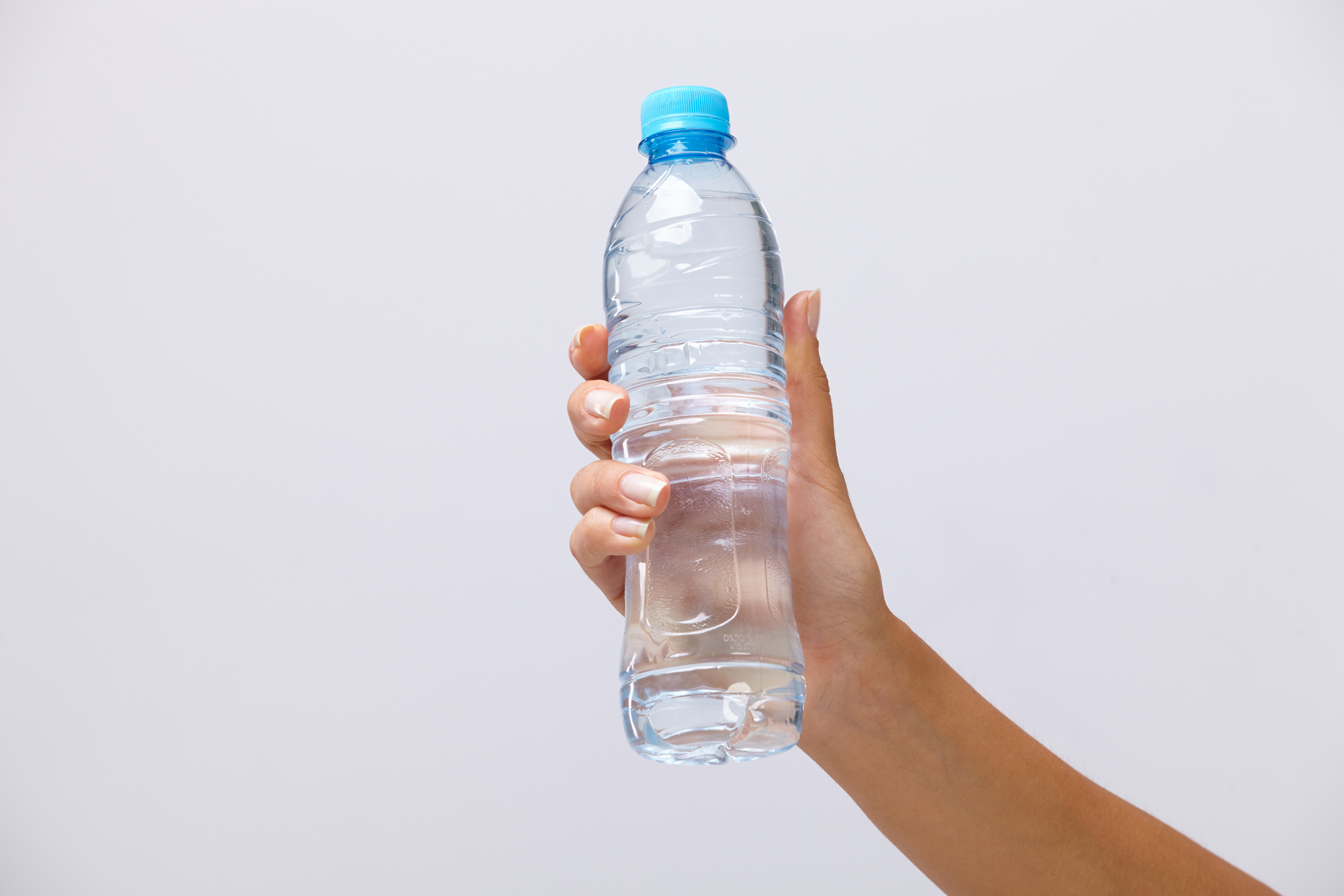We use plastic materials to package food and drink. So, people have daily exposure to not only these plastic materials, but also to the chemicals within the plastic. But it goes further than that. These chemicals can make their way into the human body, and now researchers are trying to understand if plastic is poisoning children’s bodies. Learn more about plastic poisoning below.
Researchers acknowledged that BPA is in fact, “ubiquitous”, but they wanted to understand the extent of human exposure to this commonly used synthetic chemical.
In their UK study, researchers observed diet diaries and urine samples of 94 students, who were between 17 and 19 years old. At the beginning of the study, the BPA levels were measured in the urine, and BPA was detected in 86 percent of the participants.
Students were then giving guidelines in how to reduce dietary BPA for a week. However, after seven days, researchers so that their intervention guidelines had no effect on reducing BPA levels in urine samples. It also seems that the younger the individual, the higher the levels of BPA are in the body.
Therefore, children are at the most risks for having high levels of BPA in their systems.
But is it a problem to have high levels of BPA in the body? Unfortunately BPA has been linked to negative health effects, including disruption of development, the immune system, hormone production, metabolism, sexual function, sleep and growth.
Since BPA exposure is a common issue, greater transparency is needed to help consumers identify products that contain BPA in the packaging.



